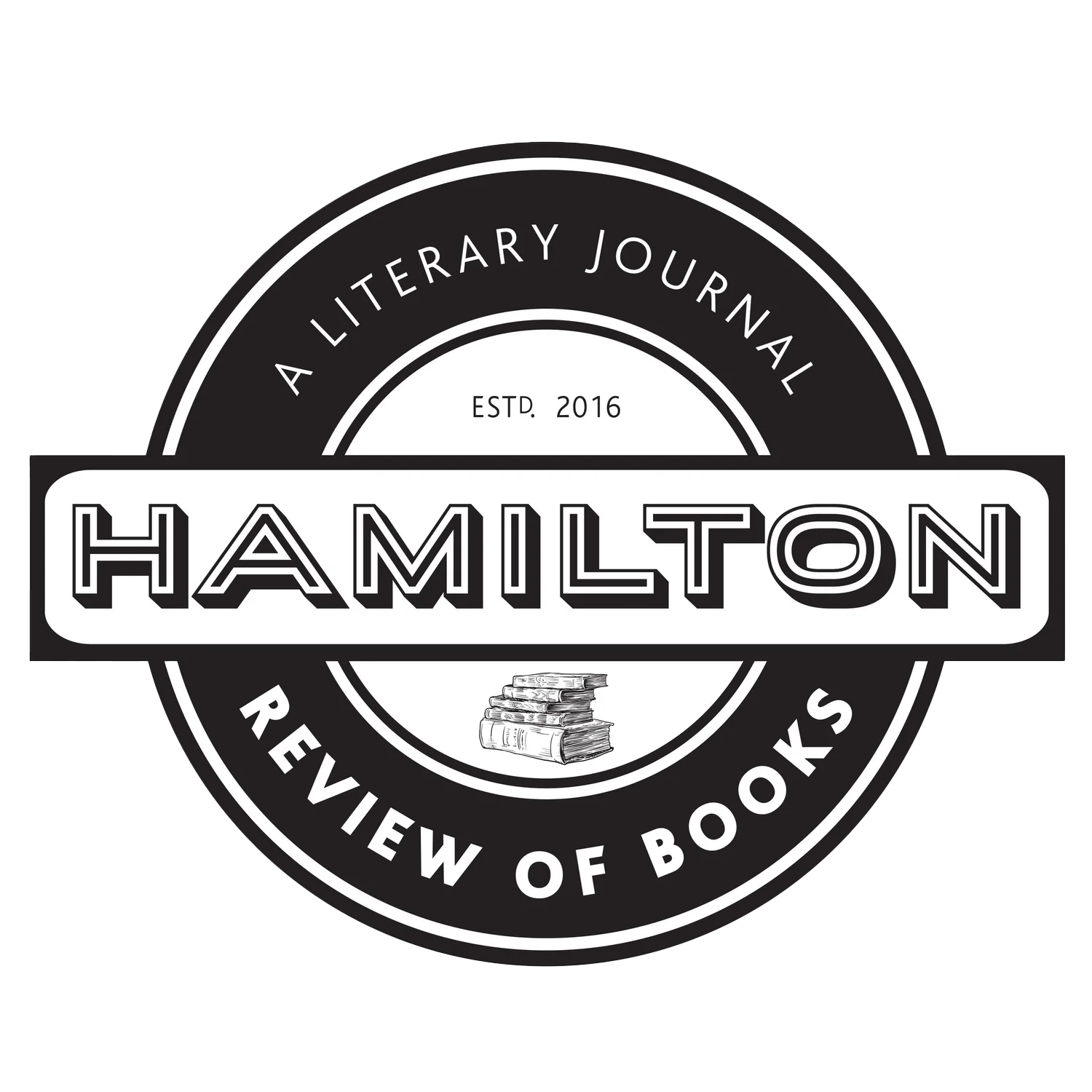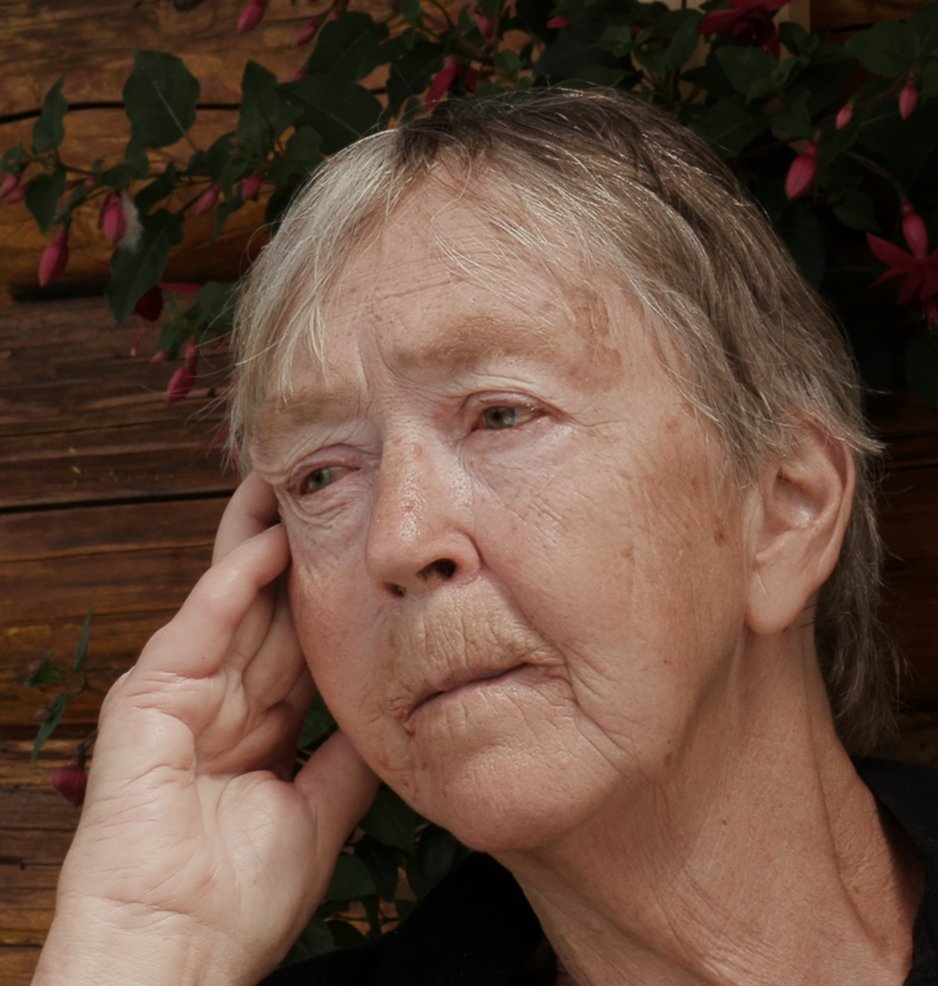Head on Fire
Excerpt originally published in Going to Ground: Essays on Aging, Chronic Pain, and the Healing Power of Nature by Luanne Armstrong. Reprinted by permission of Caitlin Press.
Luanne Armstrong. Going to Ground: Essays on Aging, Chronic Pain and the Healing Power of Nature. Caitlin Press. $24.95, 184pp., ISBN: 978-1-77386-075-6
The woman on the other end of the phone line who once was my friend says, “Well, I have aches and pains too, but I don’t let them ruin my day.” I want to leap down the phone line and yell at that woman. Instead, I tell her calmly I can’t talk to her right now because my head hurts. Then I hang up. By hurts, I mean, it feels as if someone has wrapped a rope around it inside, pulled as tightly as possible and then set it on fire.
I am raging inside, but I lie down, wondering how to survive the day and the pain and still do the things I have to do. I do stuff in spite of and with the pain. The physiotherapist told me that movement nerves are faster and stronger than pain nerves. So I believe her. I believe I can outwalk, outrun, outride pain. Sometimes it works.
Lying down doesn’t make it better. Keeping going sometimes distracts me enough that I do momentarily feel better. But the price of that is exhaustion. Which means sleep which means more pills. So, in general, I keep going; today, for example, my day includes a riding lesson, dinner with a friend, a talk with a book club and finally, blessedly, relievedly, home. Letting go of the effort of keeping going, of staying upright, of smiling, talking, maintaining some semblance of continuing to be me. By being me I mean a simulacrum of me that I put in front of me on bad days—something that walks and talks while behind it I rage, immersed in pain.
Pain brings powerful emotions with it, not just rage and depression, but joy and sorrow in equal measure. Some days I wonder why I bother to keep going. In pain, I walk around saying both hello and good-bye. How can I live with this fire raging inside my head? How can I not live in this world of such beauty and pain? This world that wants to go away and leave me. Death, to me, doesn’t feel like me leaving. Instead it feels as if the world will leave me, as if I will be left here alone, standing in the dark, left in a specific place, maybe on the road below my house, by the pond, with the frogs and the gophers and the muskrats—the world and its inhabitants, disappearing, leaving me alone the way I am alone at night, walking by the pond on my way to the beach and the lake. Left there on the road in the dark. I think of death as the world leaving me, not the other way around.
Without the things I need to live. Without the dogs running ahead of me to inspect gopher holes. Without the wind beating in off Kootenay Lake, the wind coming down off Castle Mountain, the green fans of the mountains behind the farm, this walk I take every day, the great shining beauty I first saw at five and didn’t know it was beauty because I had no words for it but knew it was love. All this wants to drift away and leave me lonely in the dark. That is what death is. And then how will I get it all back if it leaves me there? My only consolation is that perhaps my mother will be there somewhere in the dark to hold me but she will be as lonely as me. She always was.
Oh pain, the places you call me to, the murderous rages, the sorrowful joys, the nostalgic afternoons, lying in bed listening to music that calls me back and back into the dusty, deeply buried library stacks of my life memories.
The moments that pain calls me into rage are less than pretty but now mostly contained. I haven’t murdered anyone. Yes, I do rant but only occasionally. And yes, in pain, I do, often give in. I lie in bed instead of moving. I lie still and read the news online instead—not a good thing to do, not a recipe for peace or joy, but a recipe, I keep on hoping, for seeing, for understanding, for something to do about it all, in pain and broken at seventy-one. Eight years of it.
Still, it is a recipe for frustration, and yet there is, also, within this reading, perhaps some kind of peace. The world rages on, and I am such a molecule inside it, a walking molecule in pain and also in love with light, and yet death and pain rage on within my head and within history and all around me on this small planet raging its peaceful way around a cosmos I cannot begin to see and understand. What can I understand, stuck as I am within the limits of my brain and my senses? Perhaps when the world falls away, then true seeing can begin? Or perhaps it is only darkness. And perhaps, my mother’s hand, reaching for mine.
And reading the news lights my head on fire as much as the headache does and I am just as helpless. What is odd is that I am quite sure that many of us these days walk around with our heads on fire but we don’t talk about it. Instead, in this world right now, we live in this void between seeing, understanding and acting.
Mostly we, my friends and I, live in right now. Which is a nice place, very nice so much of the time. The sun shines. The weather is a bit odd and changeable, but our friends are all here. We drink tea and go to lunch. We have lots to eat. The children we raised, the children we love so much, our children we raised to run in the sun, in the tall grass, to swim in the lake and eat the food that we told them was healthy (while they secretly craved the bright orange and brown of Cheezies and coke, the flatulent puffiness of store bought anything, as long as it came in bright blown up bags, and bright huge plastic bottles) are away now and working hard in the world.
Our children grew up in a world of dire prophecies where their mothers marched against nuclear war, against 2-4D, against racism, against environmental devastation. And now their children’s children, our grandchildren, are growing up in a world filled with bright puffy toys, screens full of bright colours. They are growing up amid dire prophecies of collapsing glaciers and acidic oceans and climate change and dying polar bears, stories their parents don’t tell them, yet. There is no way to make sense of this void and as far as I can tell, no one tries. Or do they? Is it me and my beloved long-time friends, and a few others that talk in secret ones and twos over lunch about our fear, our terror, our hope for this world, despite our aging bodies, our pain, our backs, our knees, our teeth, our eyes, all failing us when we need them most?
The absence of conversation, or even a newspaper article or two after the International Panel on Climate Change publishes yet more and more papers detailing, in ever finer and more comprehensive detail, the doom of this particular climate era and thus the need for the further adaptation of our nutty human species is amazing and even admirable. What does it mean to read a headline over my morning coffee that pesticides have poisoned most of the world’s arable land? Well, on one hand, of course, immediate resistance and denial from governments and farmers’ organizations and chemical companies. Accountability? Admission? Culpability? Never.
I have no doubt whatsoever that amidst great wailing and disturbance and collapse, humans and other species will somehow adapt. Nature is both resilient and adaptable. We human beings destroyed much of our own infrastructure and died in huge numbers during two world wars and then rebuilt the infrastructure and our numbers and carried on as if nothing had ever happened, determined, in fact, to recreate the world as it had been, only bigger, with more buildings. And bigger bombs which the military isn’t allowed to use. A mad world which has only become madder. And less easily influenced by worried grandmothers.
A world with its head on fire. A world where everyone walks around pretending there is no fire.
As do I. In love with this moment and its beauty. It’s an oddly lonely place. Did we do this, our generation? Did we not see it coming? Can I do anything now, with my aging crippled body, other than love what I see? Can I march, organize, make speeches? I did that, and yet, we are here. Many people are marching, organizing, making speeches, writing books about climate change. Not me. Perhaps all the marching and organizing and speech making will, one day, be enough. But I can’t tell and I will probably never know.
Luanne Armstrong holds a Ph.D in Education and an MFA in Creative Writing from the University of British Columbia. She has written twenty-six books, and has co-written or edited many other books through to publication. She has published several novels, children's books, memoir and three books of essays, as well as poetry. She has been nominated for or has won many awards, including the Silver Birch Award, the Red Cedar Award, and the Chocolate Lily Award. She mentors emerging writers both online and in person. She also presently mentors writing groups on-line and in person. She has helped many many authors to either self-publish or find a publisher.
Her latest project is a poetry and photography book and multi-media presentation, titled, When We Are Broken: The Lake Elegy, from Maa Press. Her most recent novel is A Bright and Steady Flame, from Caitlin Press, 2018. Her new book of essays Going to Ground: Being in Place will be published by Caitlin Press in Spring 2022. A new YA book, Mundi, is available to a publisher. A new memoir, When the Rocks Sang: Kootenay Lake Stories, will be released in September.


